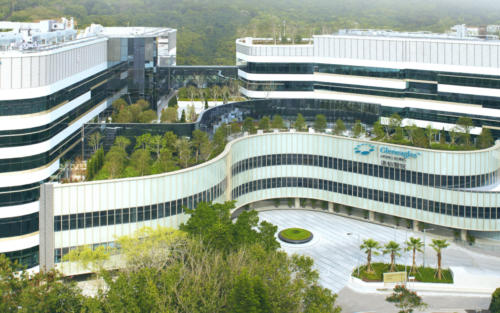Nose Cancer (Nasopharyngeal)
What is Nasopharyngeal Cancer?
Nasopharyngeal Cancer (NPC), is an abnormal growth of tissue in the nasopharynx. The nasopahrynx is the area behind the nose just above the mouth and throat. This abnormal growth is called a tumour and develops when the cells in the nasopharynx divide uncontrollably and produce extra tissue.
NPC can be benign (non-cancerous) or malignant (cancerous).
The exact causes of NPC are not yet known. However, there are several risk factors that can increase your chance of developing NPC:
- Epstein-Barr virus (EBV) infection is a common viral infection and usually results in mild symptoms such as fever and sore throat. EBV infection has been linked to NPC development as the virus has been found in nearly all NPC cells. However, EBV infection on its own is not enough to cause NPC. NPC is also common in Chinese (especially Cantonese) people, and in particular in men aged between 20 to 50 years.
- NPC has also been linked to certain dietary habits. For instance NPC is very common in areas of Asia, northern Africa, and the arctic region. These areas are characterised by diets that are high in salts, cured fish and meat.
- Tobacco smoking.
The symptoms of NPC include:
- Blocked nose and stuffiness
- Blood-stained sputum from the nose and throat
- Blurry vision
- Difficulty speaking or breathing
- Difficulty swallowing
- Earache or ear discharge
- Fatigue
- Hearing loss or tinnitus (ear ringing), usually affecting one side only
- Hoarseness
- Lumps in the neck or on the nose
- Persistent sore throat
- Recurrent headaches
- Recurrent nosebleeds
- Unexplained weight loss
There are different treatment options available for NPC. Your ENT specialist will evaluate your condition and suggest the treatment that suits you best, depending on your cancer stage and overall general health. Treatment may include:
- Chemotherapy using one or a combination of toxic drugs that circulate in the bloodstream and kill rapidly growing cells, including healthy ones. It also alleviates the symptoms of NPC.
- Neck dissection, if the NPC has spread to neighbouring lymph nodes, in order to remove cancerous lymph nodes, after resection of the primary tumour
- Radiation therapy, the most commonly used form of treatment of NPC. This treatment is delivered in different ways:
- Brachytherapy, which uses thin metal rods containing radioactive materials to deliver radiation to cancer cells
- Intensity Modulated Radiotherapy (IMRT), a radiation method that allows the precise and computer-guided delivery of radiation beams to kill cancer cells, while sparing surrounding healthy tissues
- Radiotherapy or external energy beams can be used to kill cancer cells and alleviate symptoms of NPC
- Surgery to remove nasopharyngeal tumours for the minority of NPC cases that do not respond to radiation therapy






